Aquarium lighting
describes any type of light that is used to illuminate an aquarium tank or in some instances, such as with reef aquariums, support the life contained within.LED Aquarium Lamp Uses only exact spectrums required for aquarium coral, reef, float grass, fish and freshwater plants growing
-
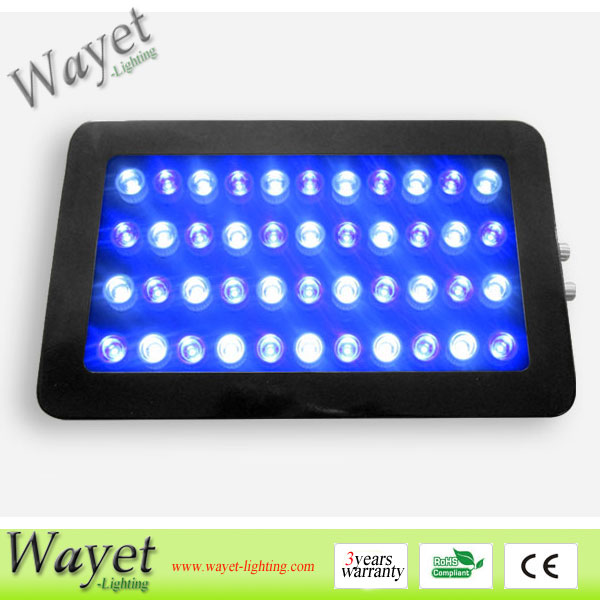
Dimmable 132w LED Aquarium Light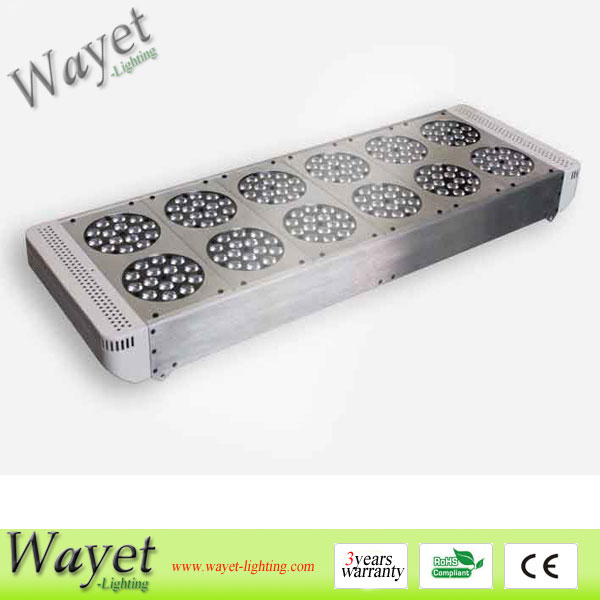
540w LED Aquarium Light (Moon Rise/Set Auto-Control)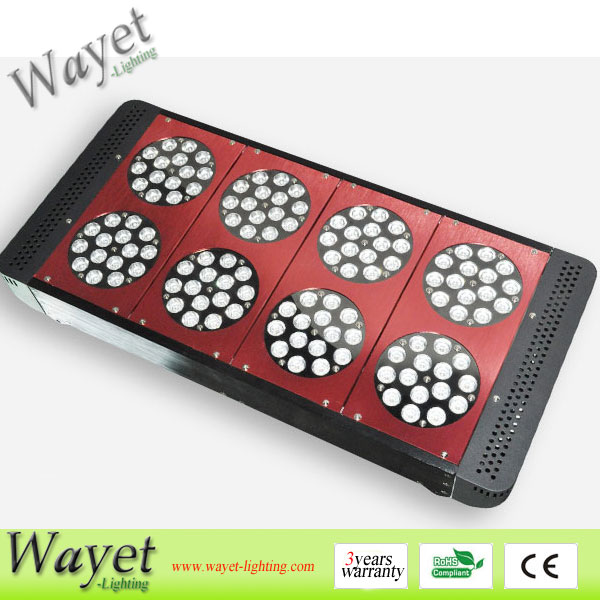
360w LED Aquarium Light (Moon Rise/Set Auto-Control)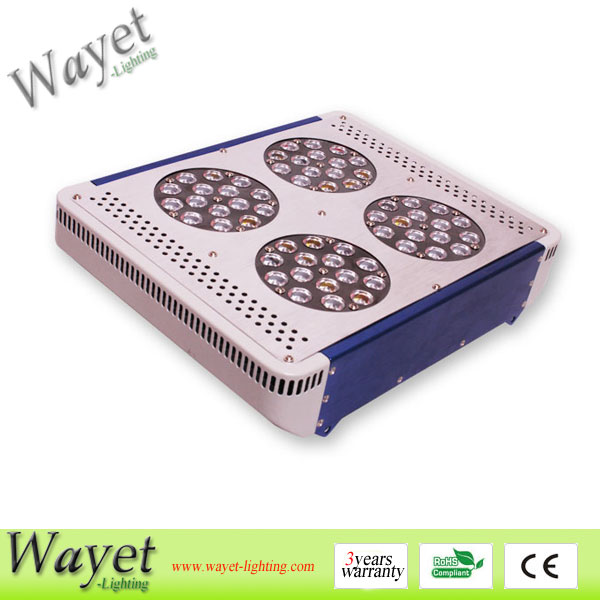
180w LED Aquarium Light (Moon Rise/Set Auto-Control)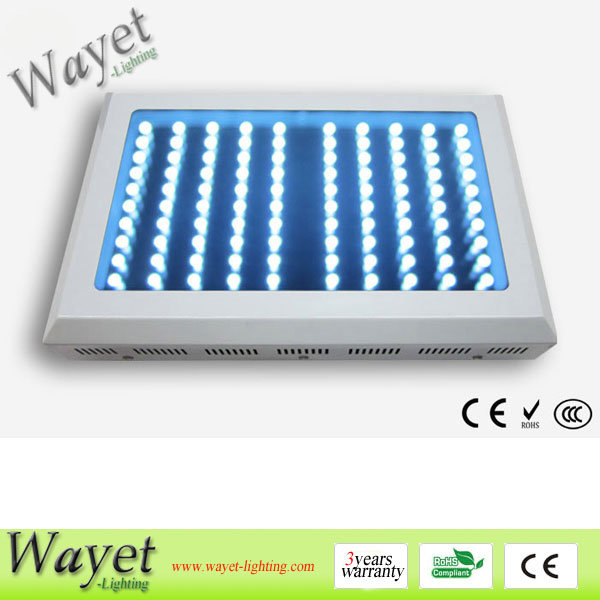
300w LED Aquarium Light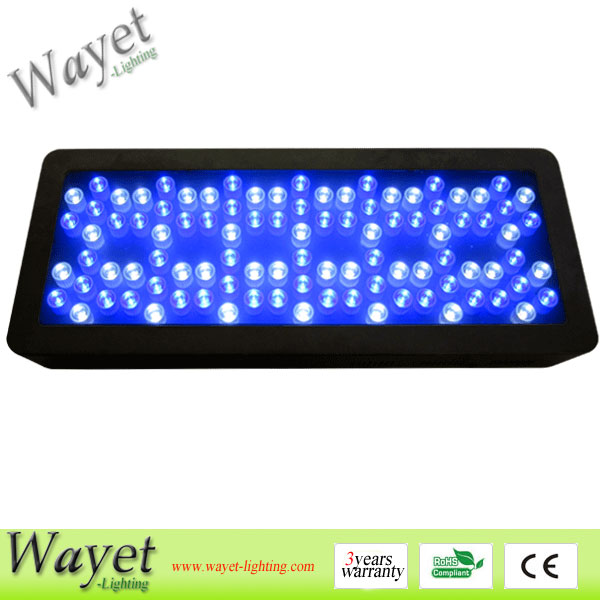
294w led aquarium light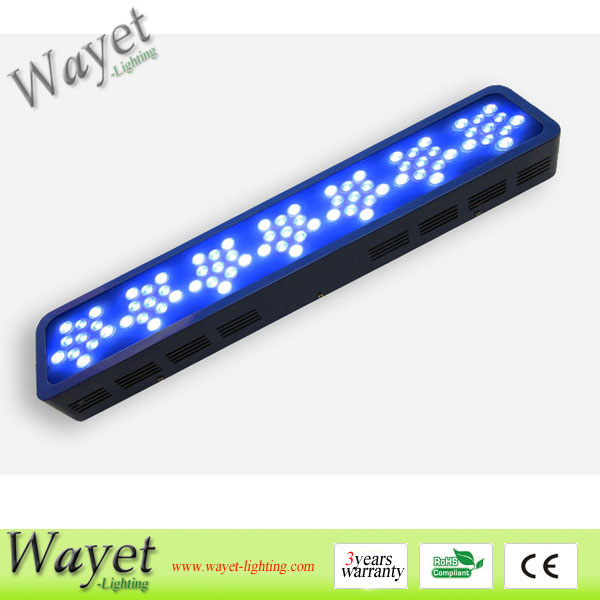
231w led aquarium light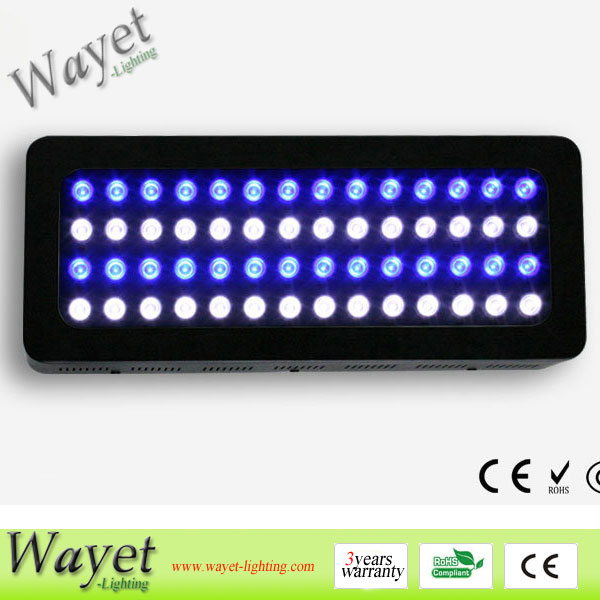
168w LED Aquarium Light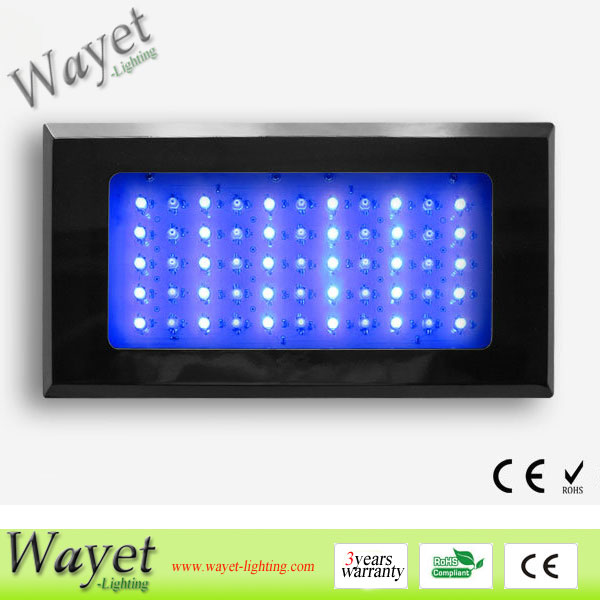
120W LED Aquarium Light (3w LED chip)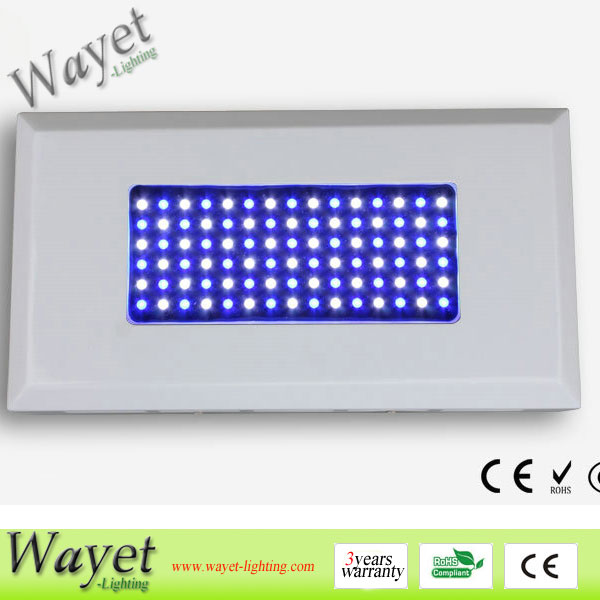
90w LED Aquarium Light- Total 1 Page: [1]
Reef With LED Aquarium Lamps
The reef aquarium field is where aquarium lighting varies the greatest. Some reef aquarium keepers use VHO (Very High Output) fluorescent tubes, compact fluorescent lighting, and metal halide lighting since they provide much brighter light than average fluorescent bulbs and come in a variety of spectrums. Reef keepers often opt for light of varying spectrum. Since many corals require a deep blue or actinic spectrum of light to thrive many aquarists must supplement traditional white light with light of this color. Also popular with reef keepers is T5 High Output fluorescent bulbs. These bulbs are thinner than traditional T8 bulbs and provide a much brighter, more powerful light.
Another light source in reef aquariums today is metal halide lighting. These high output lights closely recreate the shimmering effect of bright tropical sun over a patch of coral reef. Metal halide bulbs come in a variety of spectra from 5000k on up to "20,000"k and allow for a variety of light hungry corals to survive under them. Many aquarists will use metal halide bulbs in conjunction with either power compact fluorescents or T5 fluorescents since halide lighting does not have the overall balanced effect of other light types. While very useful to reef aquarium keepers, halide lighting also uses a lot of electricity (150-400 watts being common)and produces copious amounts of heat. Most reef keepers mount halide bulbs at least one foot above their tank and some, due to the lights' heat output have had to add chillers to keep aquarium water cool.
Many light fixtures come as all-in-one units with light for both daylight hours and nighttime viewing. LED lamps of 3/4 to 2 watts can be implemented to come on at night, simulating the glow of the moon over the tank. All in one fixtures require large fans to cool the bulbs and achieve maximum light efficiency. LED lighting is also becoming more common for not only lunar lighting but also to simulate daylight conditions, LEDs have a higher initial cost than other lighting sources but utilize much less energy. They are also dimmable. LEDs produce a very narrow color spectrum that is limited to a narrow band of wavelengths. For this reason an array of different colored LEDs is required to be used in combination to simulate spectral coverage that is suitable for coral growth.






